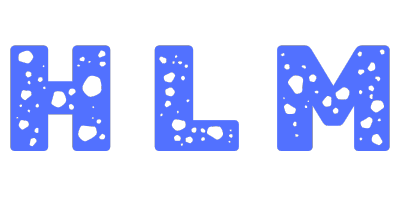Domain Coloring Visualization: Turning Complex Functions into Vivid Art
Meta Description ➜ Domain coloring maps complex numbers to colour, transforming invisible math into stunning images. Scroll down for an interactive canvas and deep-dive guide.
What Is Domain Coloring?
Domain coloring is a visualisation technique that assigns colour (hue, saturation, lightness) to complex numbers so that every point z = x + iy appears as a coloured pixel. By choosing a mapping where:
- Hue represents the argument (phase)
- Brightness/Saturation represent the magnitude (|z|)
you get an instant, intuitive portrait of analytic behaviour: zeros blossom into black dots, poles into white flares, essential singularities into fireworks of hue.
Classic Colour Scheme (HSV Wheel)
A popular mapping sets hue = arg / 2π (so 0° → red, 120° → green, 240° → blue) and brightness = 1 ⁄ (1 + ln(1+|z|)). This keeps infinities bright while finite areas stay vivid.
Interactive Demo 🎨
Why Mathematicians & Artists Love It
Teaching Complex Analysis: Students “see” singularities, branch cuts, and conformal mappings.
Research Diagnostics: Quickly sanity-check analytic continuations or locate zeros numerically.
Generative Art: Entire galleries showcase domain-colored functions printed on canvas or 3-D shaders.
DIY Tips for Better Plots
- Adaptive Sampling: Increase resolution near critical points to avoid aliasing.
- Contour Overlays: Draw thin black lines where |f(z)| = 1 to emphasise modulus levels.
- Gamma Tweak: A slightγ-correction on brightness keeps mid-tones from washing out.
Frequently Asked Questions
hue = arg/(2π) for another mapping, or modulate saturation with arg to create contour rings.